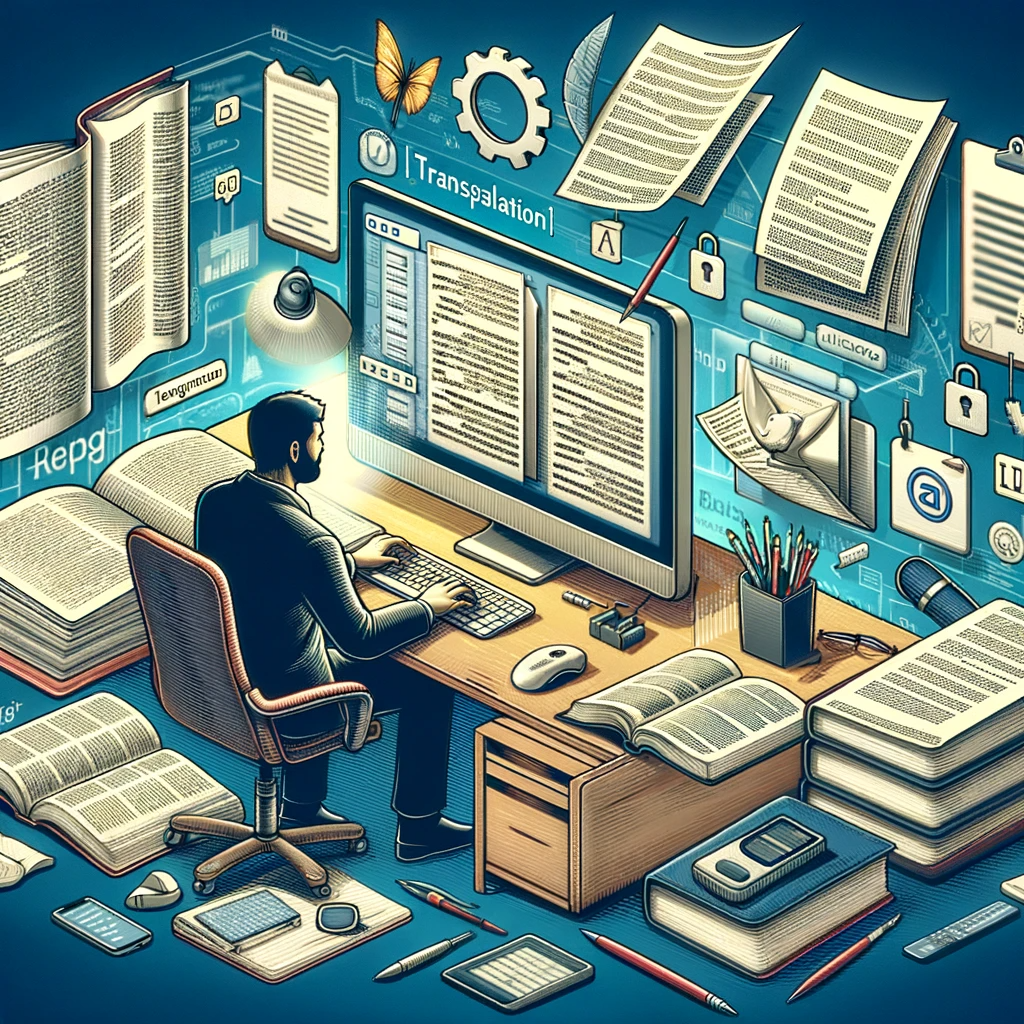Translation and Summarization Tools: Enhancing Work Efficiency
In today’s information era, the use of translation and document summarization tools has become indispensable for individuals and businesses looking to improve work efficiency. Translation technology helps break down language barriers, while summarization capabilities enable users to quickly grasp necessary information from large data sets.

Why Are Translation and Summarization Tools Needed?
With the increase of global information, specialized documents, research, and reports are published daily worldwide. Keeping up with and understanding these documents requires overcoming language and time obstacles. This is where translation and summarization tools play a vital role, transforming information into the desired language and providing quick, accurate summaries.
Benefits of Using Translation and Summarization Tools
- Time-saving: Quickly process lengthy and complex documents, minimizing the time needed to read and understand.
- Enhanced productivity: Focus on important information, eliminating redundant data, facilitating faster decision-making and action.
- Improved knowledge management: Easily store and share knowledge that has been summarized and translated, aiding in knowledge management.
Choosing Translation and Summarization Tools
When selecting tools, focus on accurate translation capabilities and intelligent summarization features. The tool should be able to:
- Translate in multiple languages.
- Summarize quickly while retaining the original document’s meaning.
- Use machine learning and AI to improve translation and summarization quality over time.
Trends in Translation and Summarization Tools
Artificial Intelligence (AI) and Machine Learning (ML) are increasingly becoming the foundation of translation and summarization tools, making them smarter, faster, and more accurate. These advanced tools can learn from errors and improve with each use.
Conclusion
Translation and summarization tools are valuable assistants in quickly and efficiently understanding and processing information. Integrating this technology into modern workflows not only improves productivity but also helps businesses maintain a competitive edge in the digital era.




















